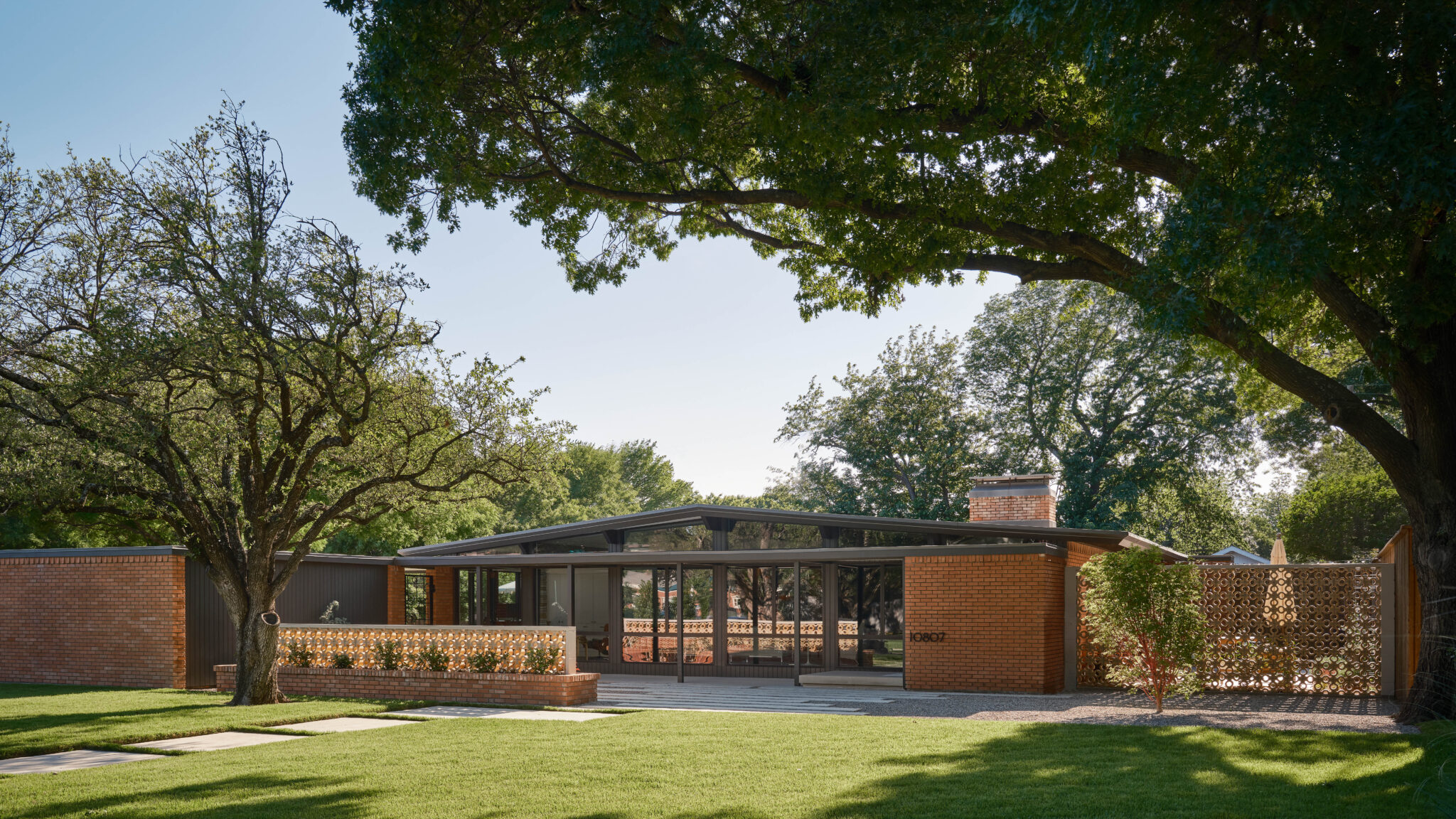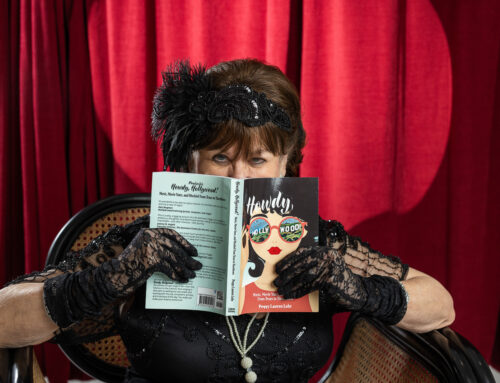
The charming neighborhood nestled between Royal Lane and Midway Road can sometimes feel like it’s been plucked from the pages of a storybook.
While Disneyland may be miles away, 1,422 miles to be exact, the magic of fairytales is alive and well here.
In the mid-1950s, developers Robert Gump and William Gaynier sought to create a captivating pull for new homebuyers in North Dallas to purchase forever homes in the new Midway Hills neighborhood. Inspired by the world of Walt Disney, streets used names like Pinocchio, Cinderella, Aladdin, Snow White and Peter Pan.
Early newspaper ads bragged about the new mid-century modern houses designed mostly by Thomas Scott Dean and Cliff May that lined the fantasy-inspired streets.
The reason for naming the streets after iconic characters? Well, one source close to the original developers told the Dallas Morning News in a 2009 article that the developers got permission from Walt Disney himself. Another source said it was because the developer’s children loved Disney movies.
The main consensus?
It was just a fun lure to get people to buy the new houses. Nothing has been confirmed though.
“Dallas was downtown with maybe Oak Cliff and Lakewood. That was Dallas. So to be building a block of homes out in the north in the middle of a cotton field was preposterous,” Pinocchio Lane resident Sherry Zeitman says. “They were the first homes to have modern AC and modern appliances. We all have that now, but it was a really big deal in 1954. These homes were the homes of the future, the homes of new looming atomic living.”
The ‘Rhapsody House’ at 11116 Pinocchio Drive was the model house and the main attraction in the 1955 Parade of Homes, an annual event from the Dallas chapter of the National Association of Home Builders. Each year since 1952, it showcases the latest trends in architecture and design. People came to visit the house and they could request a house to be built.
The neighborhood was rapidly capturing national attention and soon enough, the neighborhood was earning a reputation.
“It’s basically Disneyland for Texas,” Zeitman says.
Today, the appeal of the Disney Street neighborhood is not in the modern appliances, but instead found in the timeless charm, architecture and prime location near Dallas’ shopping centers, airports and schools.
“Put all that together and it is a hot commodity,” Zeitman says.

Not to sound too cliche, but it’s basically a fairytale.
Paul Eckert and his husband Robert Baldwin were looking to buy a house in Dallas after being in Singapore for seven years. They looked at a few homes before moving to a mid-century ranch house near Forest Hill in 2015. After a couple of years, their real estate agent found a midcentury modern house off the market on Cinderella Lane that needed some work.
“It was not a fairytale, she definitely needed her slipper back,” Eckert jokes about the first impression. “We came to look at it and immediately fell in love with it. We always thought it would be cool to live on the Disney Streets so the fact that this was in the neighborhood was an added bonus.”
The Eckerts found more work needed on their house than expected, but the house transformation project was embraced by them. Despite the construction being bookended by the pandemic, they found a different way to share their project plans with friends and family. A blog for Cinderella Lane was online and Paul shared the house’s history, the neighborhood and construction updates.
Both Eckert and Baldwin are mid-century modern enthusiasts. They wanted to stay true to the house’s bones and incorporate authentic supplies for the house, going as far as importing Eichler siding from California to match the rest of the house.

“It’s been fun to see others of those homes and to get to know the people who live here,” Eckert says. “The appreciation for the mid-century modern aesthetic care is wonderful.”
Eckert unknowingly assembled a dream team with architect Manolo Banda and interior designer Chryssi Eddy to give the house its full Cinderella transformation moment.
“We wanted to keep the integrity of the house. It was a really cool house when we went in and you can see the detail that went into it,” Banda says.
It was Banda and Eddy’s first project together but since then, have gone on to work on more. Banda has worked on more Disney Street houses and is currently working on another Cinderella Lane house.
The end result at Cinderella Lane saw an old house brought up to the 21st century. Some of the projects consisted of opening up the house more, expanding the square footage, updating the porch and renovating the outside garage into a pottery studio. One of the challenges was working around a 35-foot beam in the middle of the house, from the front of the house to the kitchen.
“We had a sign in the front and it said ‘putting the slipper back on,’” Banda says. “The idea is that Peter Pan, Cinderella, Snow White and all these different streets are supposed to be magical and you’re supposed to be awed by what is happening here.”
Like most fairytales, this neighborhood had some tension.
During the housing market crisis around 2008, Disney Street neighbors came together to make the neighborhood a conservation district to preserve the architecture of some of the houses that were being remodeled. At the time, it was dubbed ‘Pitting Snow White Against Some Dwarves.’
“I think what’s really sad is when someday the original houses will all be gone,” Zeitman says. “You don’t think much of it and then all of a sudden you’re the one that’s being violated.”
Both sides of the argument made signs for their front yards and websites to emphasize their points (both sites have been taken down). According to the agenda from the October 9, 2010 meeting, the Disney Streets Conservation District Steering Committee decided to terminate consideration of a conservation district due to a lack of broad support and the absence of a proposal specifically mandating compliance with the California contemporary or ranch home architecture prevalent in the neighborhood.
“I think architects and designers overall should pay attention to what the house is telling you,” Banda says. “These houses present such a great opportunity and they don’t want to be scraped. Let’s bring them back to life.”






